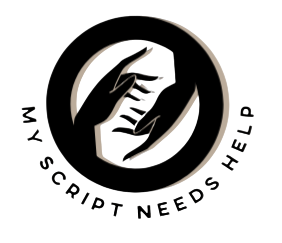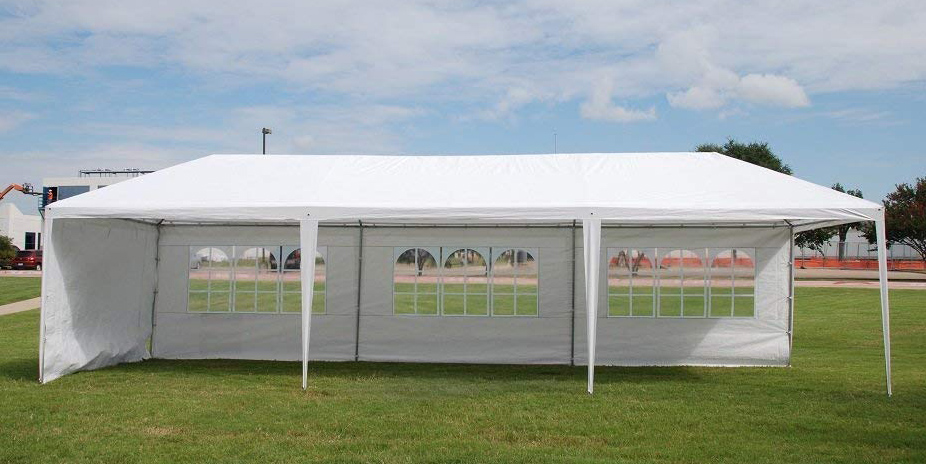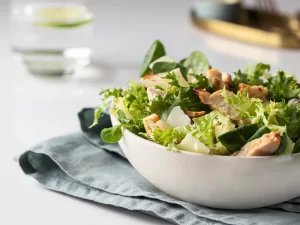For all of the individuals across the globe, traveling by car with relatives or mates is a summer pastime. If the campsite itself is the main draw or only your base camp for local events, this guide can help you locate the perfect camping tent — your home away from home.
- Tent Sleeping Capacity: First, pick a configuration depending on the scale of your party and whether or not you may require extra room for additional mates, equipment, or pets. Nevertheless, bear in mind that no industry norm specifies measurements of the tent per person.
- Peak Height: If you prefer standing up while changing clothes or loving the airiness of a high ceiling, then search for a high peak height tent.
- A) Cabin-style tents feature near-vertical walls to maximize overall peak height and living space, and some models come with family-friendly features such as room dividers and an auditorium or a vestibule door that can get staked out.
- B) Dome-style tents provide superior strength and wind shedding capabilities that you will appreciate on a stormy night. They are prominent in the middle, but their walls have more of a slope that limits the living room significantly.
- Tent Floor Length: Consider a tent with a floor-length of 90 inches (rather than the more common 84–88 inches) when you’re tall (over 6 feet) or need extra room.
- Shelter Doors: Think of the number of doors you like, and their form and orientation when selecting your shelter. Multiple entries help you avoid climbing over each other for breaks in the bathroom at midnight when you are camping with your family. Cabin type tents in this region seem to shine. Remember how simple or loud it is to zip and shut the gate. YKK zippers on the doors avoid snagging more than some and split faster.
- Tent Poles: The pole form of a tent assist in deciding how simple or difficult it is to pitch. Virtually all family tents are freestanding these days. This ensures they don’t need to put up stakes. The major benefit of this is that prior to staking, you can pick up the tent and move it to another spot. You can even shake the soil off it quickly until you pull it down. Fewer poles make for faster set-ups. Attaching the poles to the clips is even better than threading them into long pole sleeves. Most tents use both clips as well as short pole sleeves to combine power, airflow, and ease of set-up. Color-coded corners and pole clips render deployment easier too. Aluminum poles are heavier than fiberglass and more robust.
- Rainfly: A rainfly is a small, waterproof cover intended for fitting over your tent roof. Using it whenever you anticipate rain or dew or if you want to maintain a little extra water. Two types of rainfly are popular. Roof-only rainfly offers more light and views, thus providing equal security against rain. Full coverage rainfly have optimum protection against rain and wind.
- Tent Materials: When buying, be mindful that canopies and rainfly of higher-denier cloth are rougher than those of lower-denier varieties. Seam tape and high-denier fabrics also lower the odds of leakage on tent floors.
- Vestibules/Garage: For holding or sheltering your dirty or rusty boots, or keeping your packs out of the cold, shelters, or awnings add to your bed. They may be an integral part of separately sold rainfly or add-on items.

- Ventilation: Mesh plates are commonly used in tent walls, doors, and screens. This allows for views and enhances cross-ventilation to aid in condensation management. Look for larger mesh panels for the hot, humid climates.
- Interior Loops and Pockets: In order to hang a lantern, a lantern loop is frequently positioned at the top middle of a tent ceiling. Loops may be placed on internal tent walls to mount a wire shelf (called a gear loft, priced separately) to hold small objects off the tent surface. Indoor pockets likewise help keep your tent packed.
- Guy out Loops: Better performing tents should have loops for connecting guy lines on the outside of the tent frame. Guy lines allow you to batten the hatches during high winds-no flapping fabric.
Conclusion
When choosing a tent, it is vital that you first do your research about a tent and the best features that your tent-to-be should have. This article, though, offers you a guide for such matters. Aside from the elements, make sure that you purchase the item from a reliable brand such as American Tent to ensure its durability, and you are secured that your tent is made from excellent materials.












